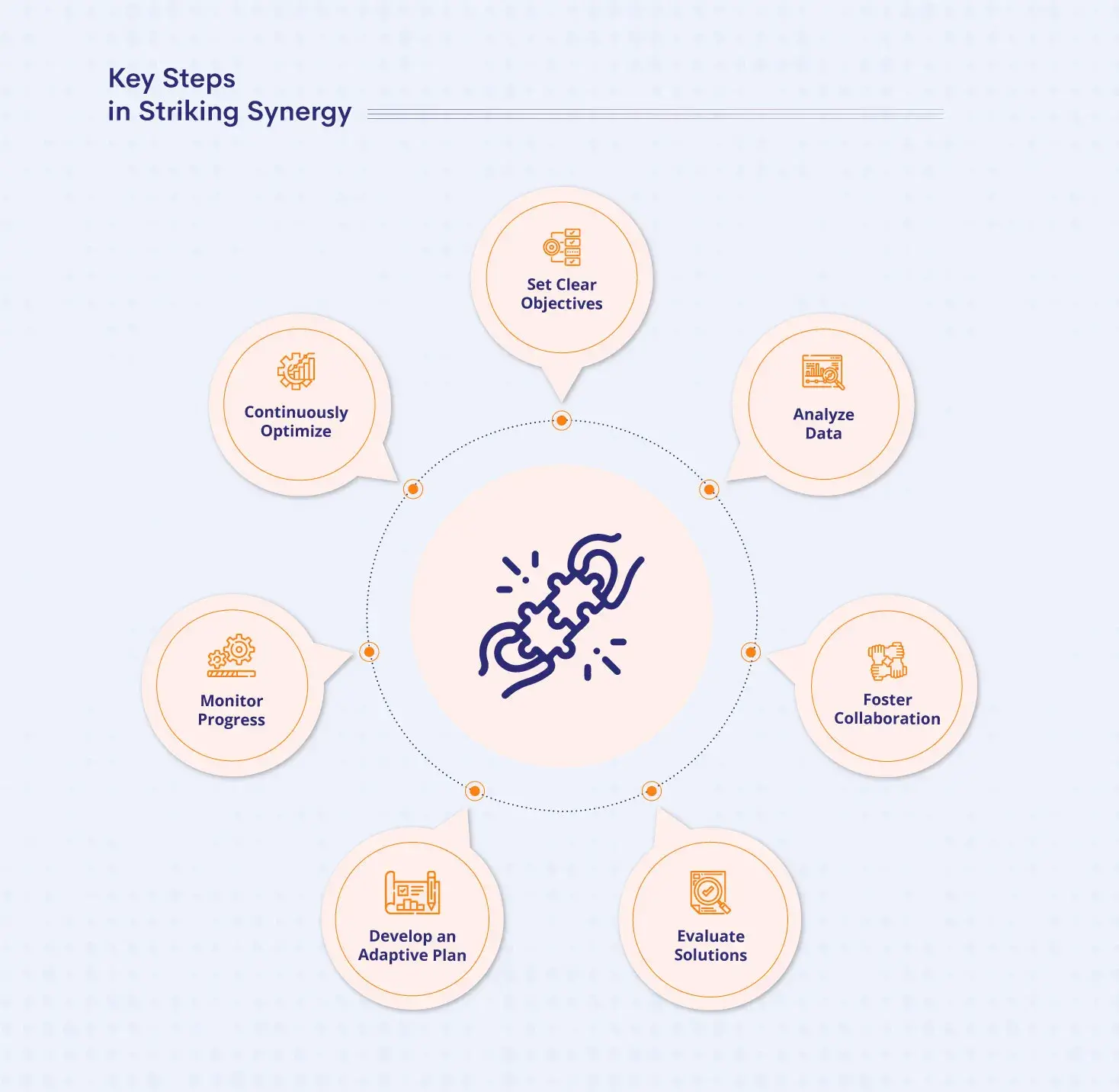- Blog
- August 7, 2023
Cost Optimization vs. Cost Reduction – The Great Debate

- Blog
- August 7, 2023
Cost Optimization vs. Cost Reduction – The Great Debate
In the realm of financial management, cost optimization and cost reduction stand as two fundamental strategies employed by businesses to improve their bottom line. While they share the common goal of achieving cost efficiencies, they differ in their approach and implications for long-term growth. In this blog, we probe into the great debate between cost optimization and cost reduction, shedding light on their key differences and the crucial importance of striking the right balance.
Cost Optimization: Striving for Efficiency and Value
Cost optimization entails a strategic approach to managing expenses, focusing on streamlining processes, maximizing resource utilization, and aligning expenditures with the organization’s objectives. Rather than a simplistic, short-term cost-cutting measure, cost optimization aims to create sustainable savings that contribute to overall business growth.
Key Attributes of Cost Optimization:
- Emphasizes efficiency and productivity improvements.
- Identifies areas where resources can be allocated more effectively.
- Prioritizes investments in technologies and processes that yield long-term benefits.
- Balances cost-cutting with maintaining or enhancing service quality.
Cost Reduction: Immediate Savings with Potential Trade-offs
In contrast, cost reduction involves implementing immediate measures to reduce expenses, often through budget cuts, layoffs, or trimming operational costs. While this approach can generate quick savings, it may also lead to potential trade-offs, such as reduced service quality or a negative impact on employee morale and long-term growth prospects.
Key Attributes of Cost Reduction:
- Focuses on direct expense reduction to achieve short-term savings.
- May involve tough decisions like workforce downsizing and tight budget control.
- Carries the risk of compromising on service quality and customer satisfaction.
- Tends to be more reactive and may not address the root causes of inefficiencies.
The Pros and Cons: Balancing the Scale
Both cost optimization and cost reduction strategies come with their set of advantages and disadvantages, underscoring the importance of finding the optimal balance that aligns with a company’s specific circumstances and goals.
Pros of Cost Optimization:
- Sustainable savings that drive long-term growth.
- Fosters a culture of efficiency and continuous improvement.
- Enables investments in innovation and competitive advantages.
- Aligns with strategic business goals and values.
Cons of Cost Optimization:
- May require a more extended period to realize substantial savings.
- Requires a thorough analysis of operations and processes.
- Balancing cost-saving measures with maintaining service levels can be challenging.
Pros of Cost Reduction:
- Immediate savings that can address urgent financial challenges.
- Simplifies cost-cutting decisions and implementation.
- Provides immediate financial relief during downturns or crises.
- Can help stabilize finances in the short run.
Cons of Cost Reduction:
- May deter service quality and customer satisfaction scores.
- Can leave negative impacts on employee morale and overall business brand.
- Short-term focus might not address underlying inefficiencies.
- Potential adverse impacts on long-term growth and innovation.
Striking Synergy: The Path to Effective Cost Management
Successful organizations recognize that the real power lies in combining elements of both cost optimization and cost reduction. By adopting a hybrid strategy that integrates the best of both worlds, businesses can achieve a comprehensive approach to cost management.
Key Steps in Striking Synergy:

- Set Clear Objectives: Define your cost management goals, considering both short-term financial health and long-term growth prospects.
- Analyze Data: Conduct a thorough analysis of financial data, expenses, and operations to identify areas for potential savings and optimization.
- Foster Collaboration: Assemble a cross-functional team to brainstorm and align on the cost strategy, incorporating insights from various departments.
- Evaluate Solutions: Research and evaluate different cost optimization and cost reduction strategies, selecting the ones that align best with your objectives.
- Develop an Adaptive Plan: Craft a cost management plan that adapts to evolving business needs and changing market dynamics.
- Monitor Progress: Implement tracking and monitoring mechanisms to measure the impact of cost-saving initiatives.
- Continuously Optimize: Regularly review the effectiveness of the strategy and make data-driven adjustments to ensure it remains aligned with the organization’s goals.
Conclusion:
In the ongoing discourse surrounding cost optimization versus cost reduction, the ideal approach isn’t a one-size-fits-all solution. It’s a strategic decision that hinges on comprehending the distinctive requirements and objectives of your business. While cost optimization steers towards sustainable growth and streamlined efficiency, cost reduction prioritizes immediate savings. To achieve effective cost management, a harmonious blend of both strategies is essential, allowing your organization to deftly navigate financial challenges while positioning itself for long-term triumph.
It is imperative to remember that cost management is a continuous journey that demands adaptability and persistent evaluation. By thoughtfully integrating cost optimization and cost reduction, your business can not only thrive in the ever-changing landscape of commerce but also foster growth and attain a cutting edge over the competition.




